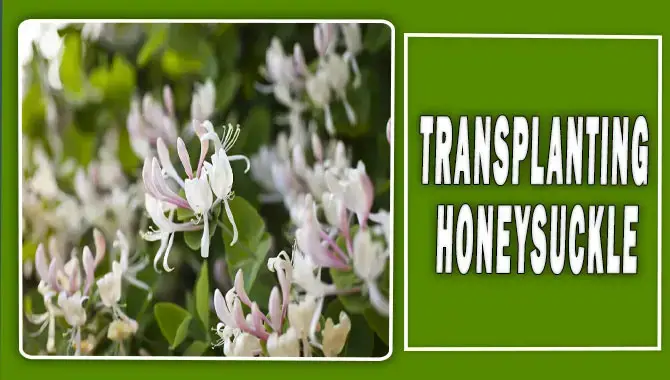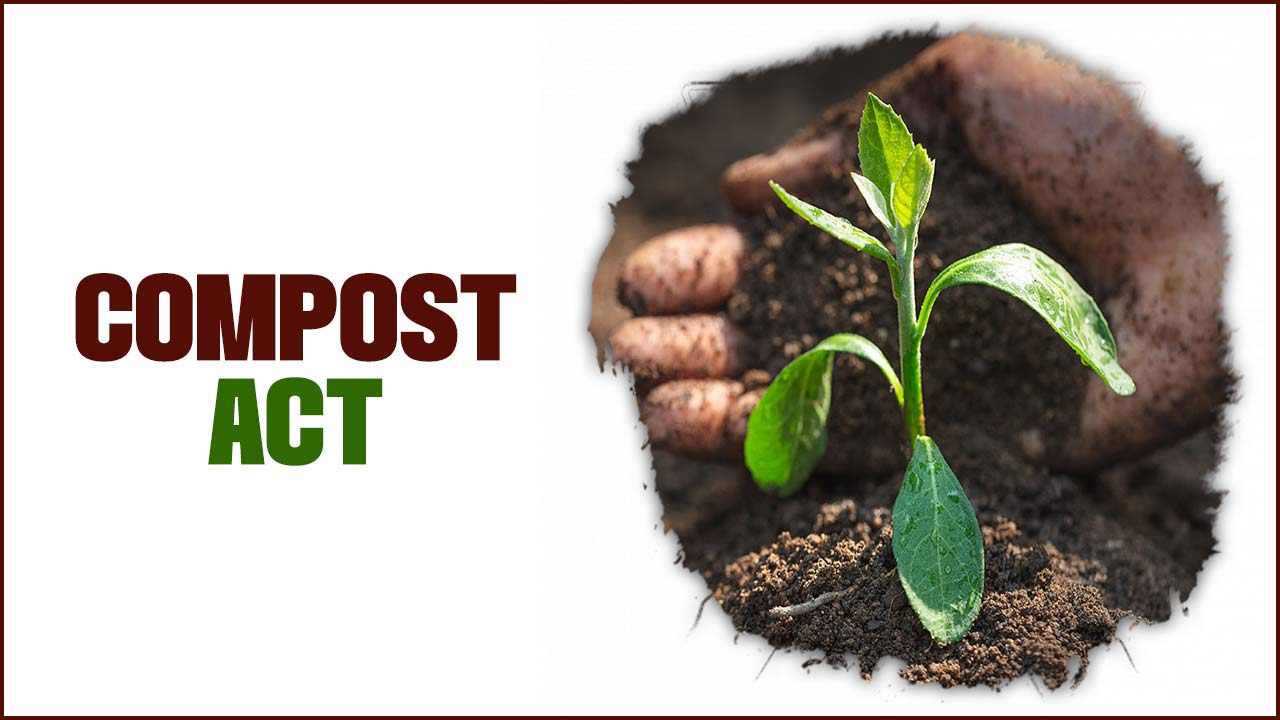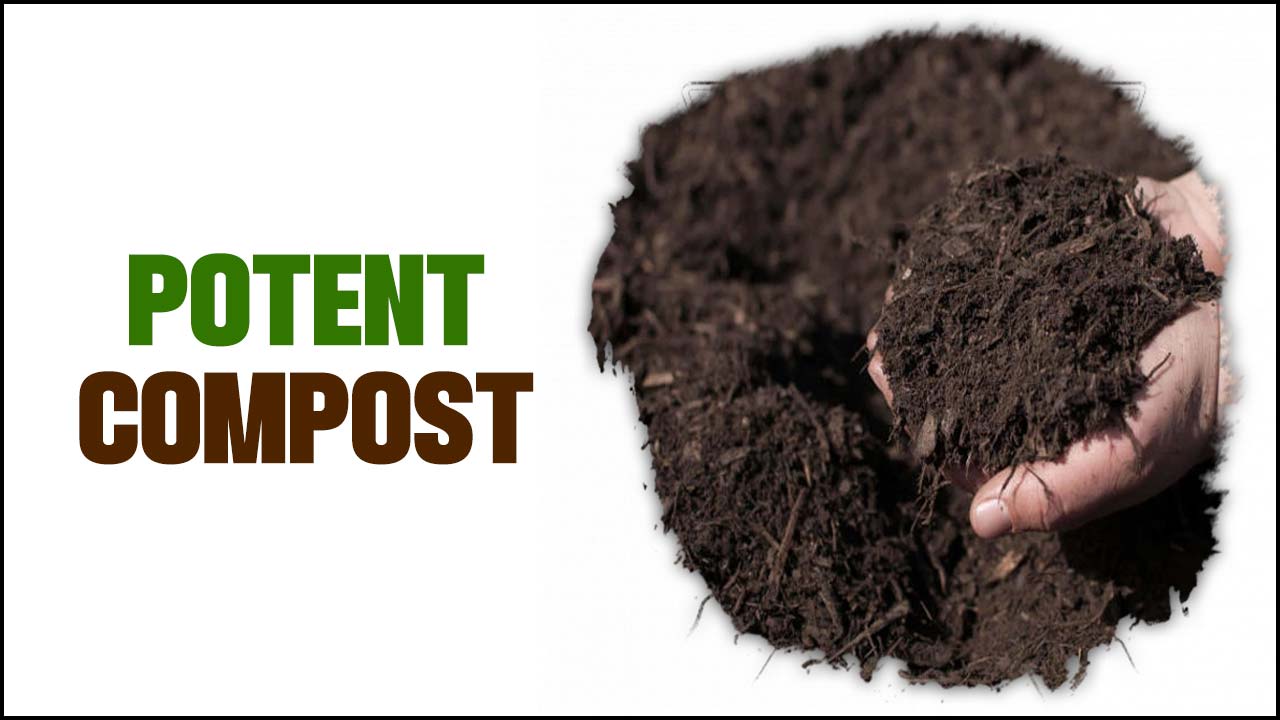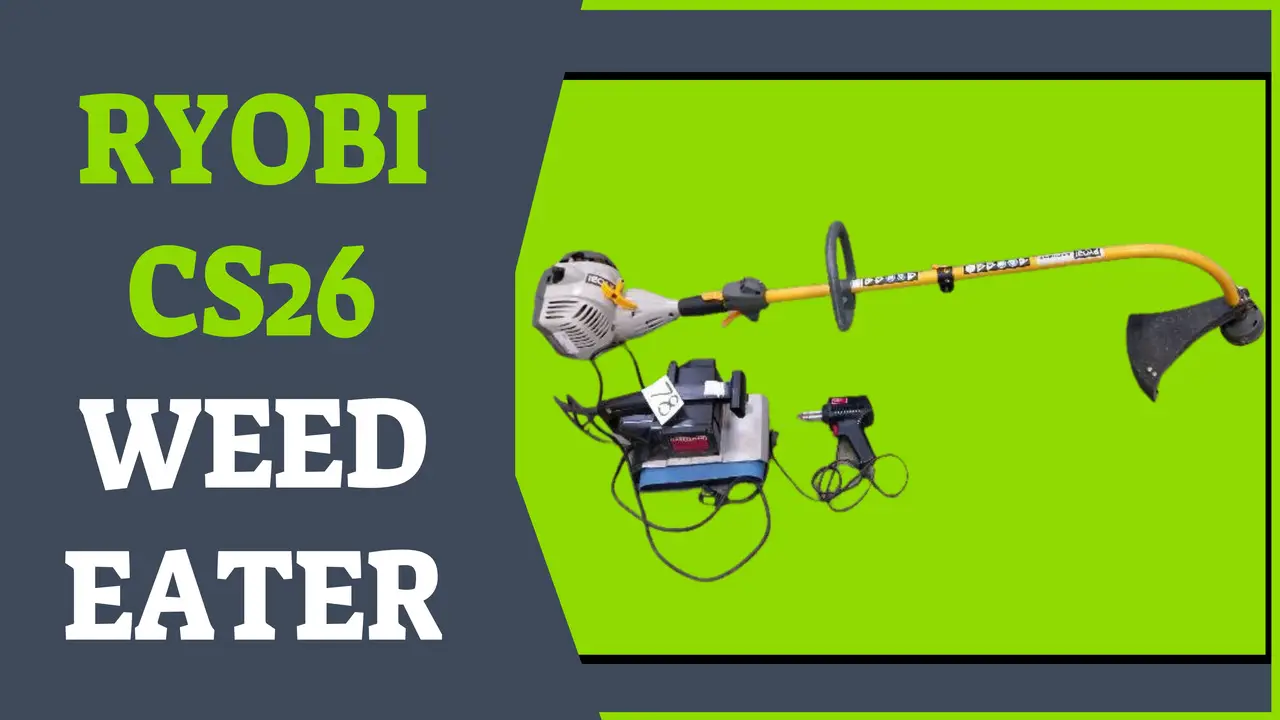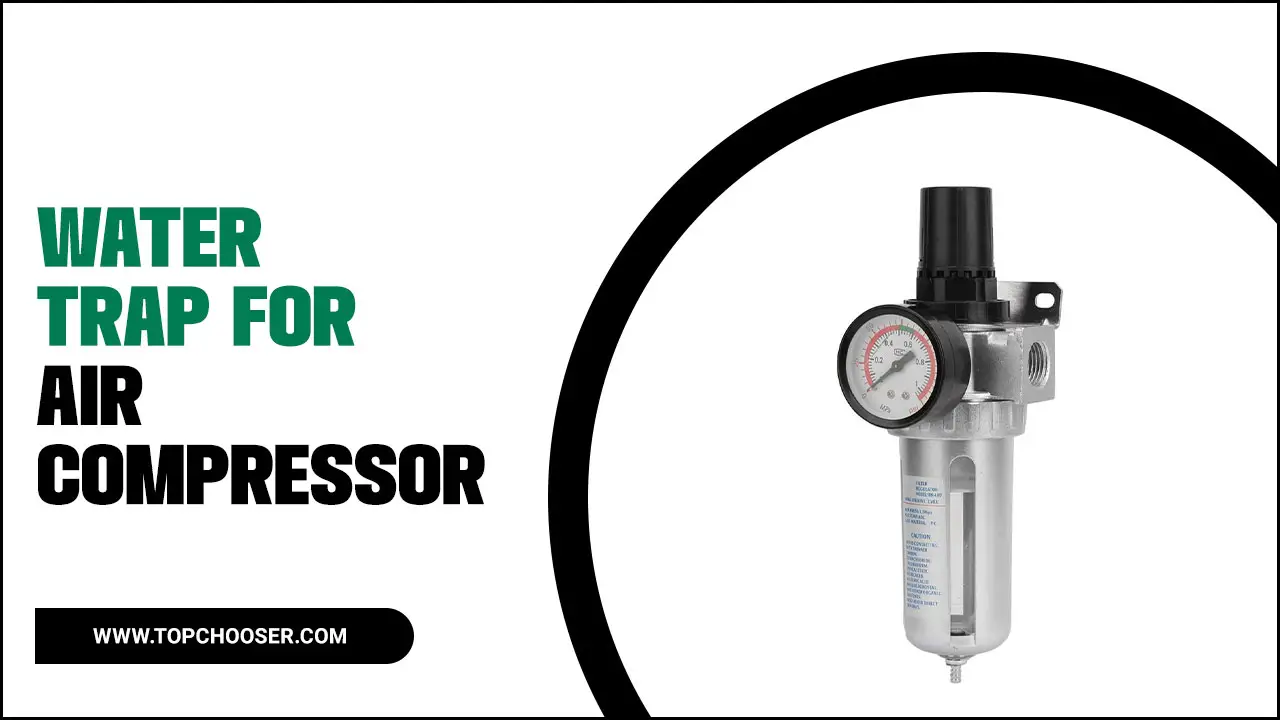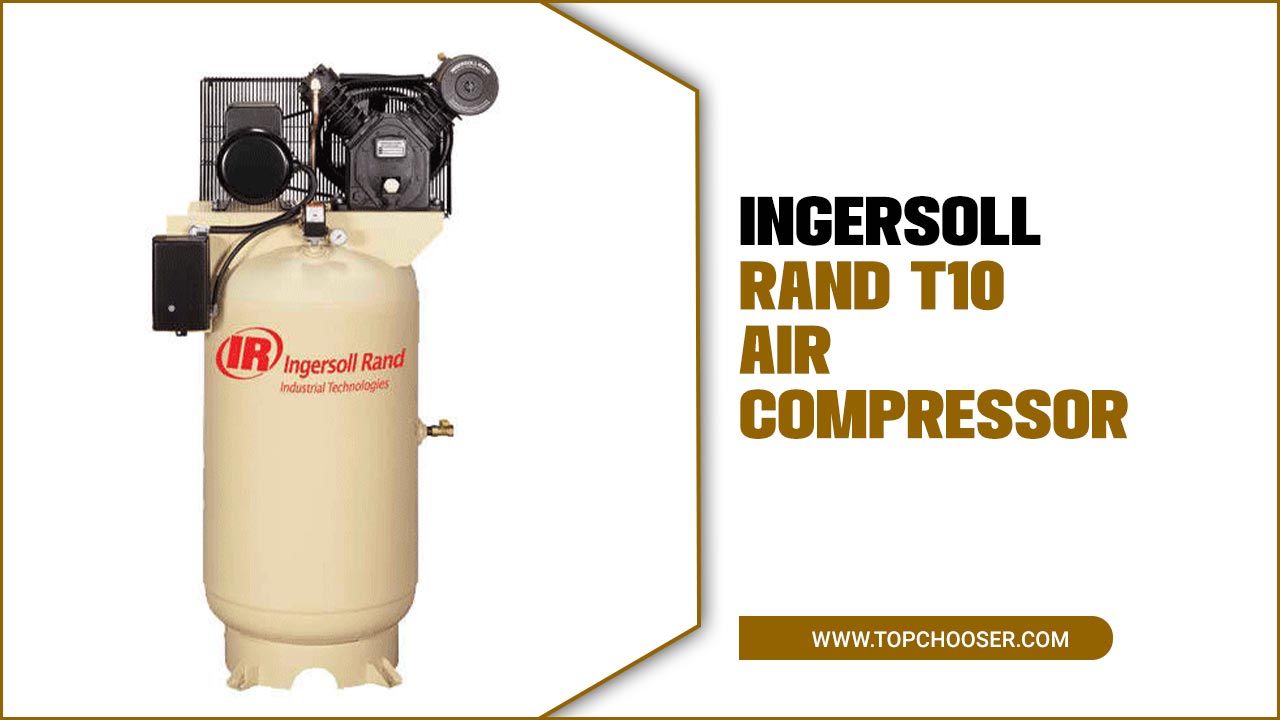As a popular succulent plant, aloe vera is widely known for its medicinal and cosmetic properties. However, with its increasing popularity as a household plant, it has become common to see top-heavy aloe plants.
A top-heavy aloe plant has grown taller than its base can support, causing it to lean or topple over. While it may seem like a minor inconvenience, a top-heavy aloe plant can be a sign of poor care and can even lead to the plant’s death if not addressed.
Here we will look closer at the causes of a top heavy aloe plant and provide practical solutions to help you nurse your aloe vera back to health. We will explore factors such as overwatering, inadequate sunlight, and poor soil quality that could contribute to the problem.
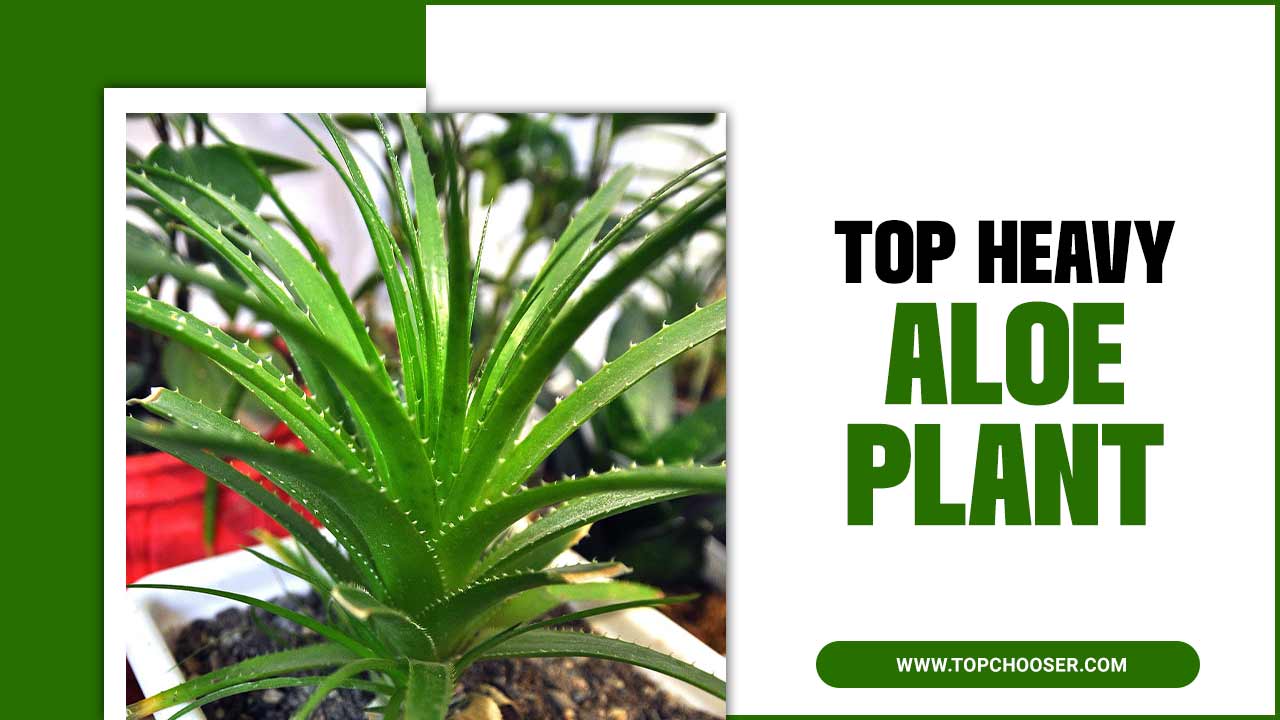
10 Ways To Fix Top Heavy Aloe Plant
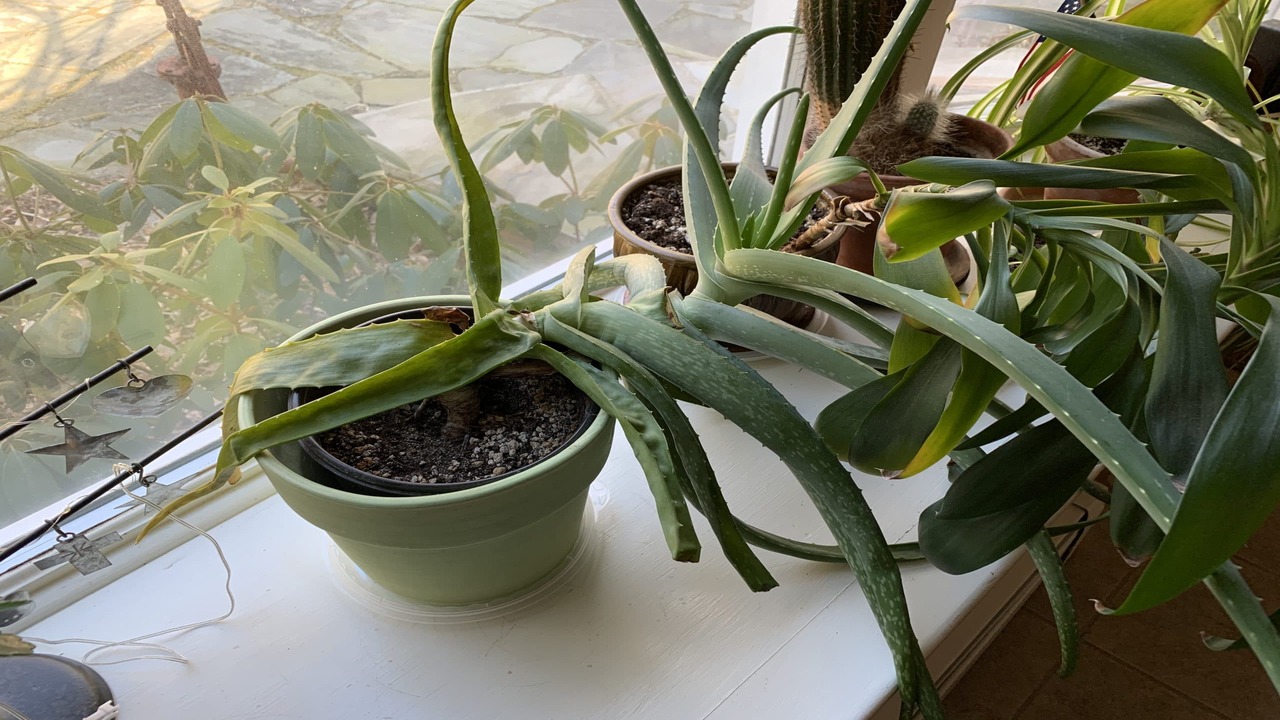
Top heavy aloe plants are important because they indicate healthy growth and proper care. When an aloe plant becomes top-heavy, it suggests that it has developed a strong root system, allowing it to absorb water and nutrients efficiently. Additionally, the top-heaviness signifies that the plant is ready for propagation, leading to the expansion of aloe populations.
1. Repotting
When repotting a top-heavy aloe plant, it’s important to provide proper support and promote healthy growth. Start by selecting a larger pot with drainage holes to prevent waterlogging. Prepare a well-draining soil mix by combining equal parts of sand, perlite, and cactus soil.
Gently remove the aloe plant from its current pot, being cautious not to damage the roots. If the roots are tightly bound, loosen them slightly. Place the aloe in the new pot, ensuring it sits at the same level.
Fill in the gaps with the prepared soil mix, pressing it lightly around the roots. Avoid overwatering initially and gradually increase watering as the plant adjusts to its new home. Place the repotted aloe in a bright spot, away from direct sunlight, and monitor its progress.
2. Support Stakes
A top-heavy aloe plant benefit from support stakes to prevent tipping or damage. The weight of the leaves can cause the plant to become unbalanced, especially when it grows taller. To provide support, you can gently insert stakes into the soil near the base of the plant and tie the stems to the stakes using soft plant ties or twine.
This will help the plant maintain an upright position and reduce the risk of it toppling. Be careful not to tie the stems too tightly, which could restrict growth or cause damage. Regularly check the stakes and adjust the ties as the plant grows to ensure optimal support.
3. Pruning
Pruning a top-heavy aloe plant is beneficial to maintain its health and appearance. Begin by assessing the plant’s overall condition and identifying damaged, wilted, or crowded leaves. Use clean, sharp pruning shears to remove these undesirable parts.
Start from the bottom, work your way up, and cut at an angle close to the base of each leaf. This technique helps prevent water accumulation and potential rot. If the plant has multiple rosettes, consider removing some to reduce weight and enhance airflow.
After pruning, allow the cuts to dry and callus over for a few days before watering the plant. Regular pruning keeps your aloe plant balanced and attractive, encourages new growth, and maintains its overall health.
4. Root Pruning
Root pruning is a beneficial technique for managing a top-heavy aloe plant. When an aloe plant becomes too tall or heavy, its roots may struggle to support its growth, leading to instability and potential damage. Root pruning involves carefully removing a portion of the plant’s root system to promote a better balance between the top and bottom parts.
By trimming the roots, the plant’s energy can be redirected towards developing a more extensive root system, allowing for improved stability and nutrient absorption. It is important to use sharp, sterile tools and to prune during the plant’s dormant period. After root pruning, the aloe plant should be repotted in a well-draining soil mix and given proper care to encourage healthy growth and overall plant stability.
5. Propagation
Propagation of a top-heavy aloe plant can be done through various methods. One effective technique is stem cutting. Select a healthy, mature stem and cut it at an angle with a sharp, clean knife. Allow the cutting to dry for a few days to form a callus. Then, plant the cutting in well-draining soil and provide indirect sunlight and regular watering.
Another method is division, which involves separating the offsets or “pups” that grow around the base of the main plant. Gently remove the pups and plant them in their pots with well-draining soil. Provide them with adequate light and moisture, and soon they will establish their root systems. Regular monitoring and care will help ensure the successful propagation of your top-heavy aloe plant.
6. Balanced Watering
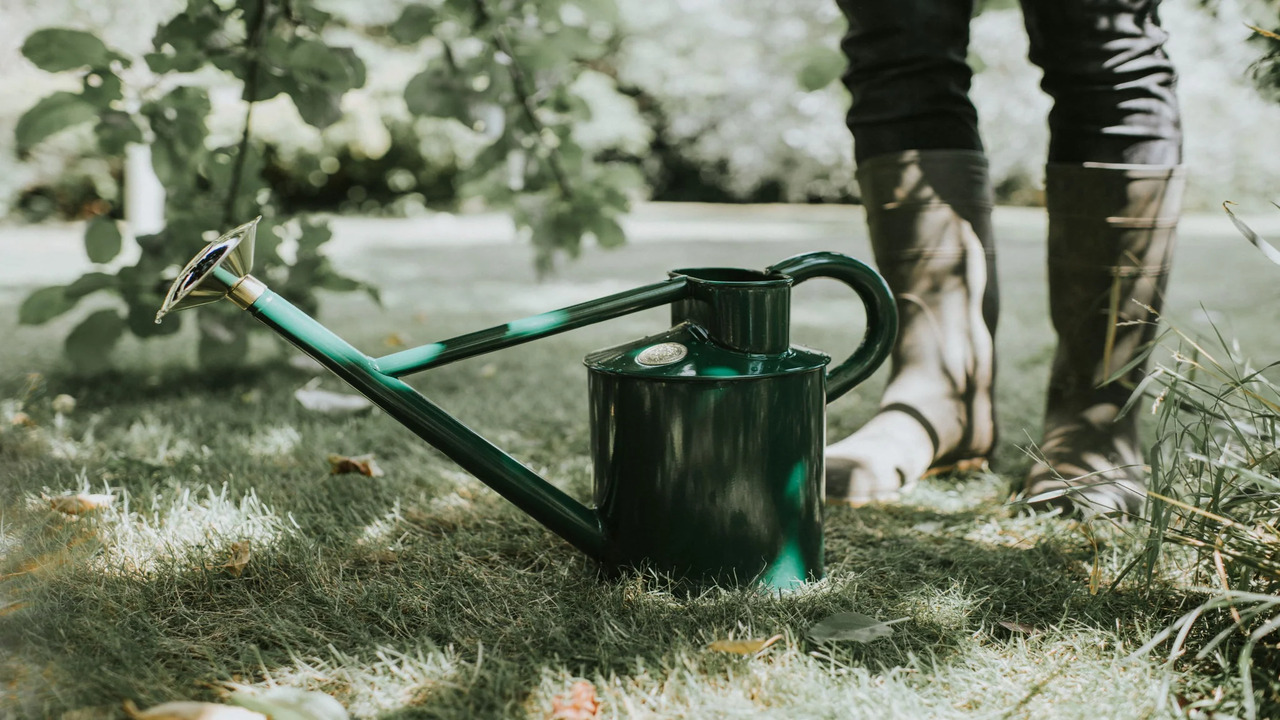
To ensure balanced watering for a top-heavy aloe plant, it’s important to consider its specific needs. Aloe plants generally prefer well-draining soil, so make sure the pot has drainage holes. Water the plant thoroughly, allowing excess water to drain out completely.
Wait for the soil to dry before watering again, as aloe plants are susceptible to root rot if overwatered. To address the top-heavy growth, consider repotting the plant in a slightly larger, heavier pot to provide stability.
Alternatively, you can support the top-heavy stems using stakes or gently tying them to prevent them from bending or breaking. Regularly check the plant for signs of overwatering or inadequate drainage, such as yellowing leaves or soggy soil, and adjust your watering routine accordingly.
7. Adequate Sunlight
Adequate sunlight is crucial for a top-heavy aloe plant. Aloe vera, a popular succulent known for its healing properties, requires ample sunlight to thrive. Being top-heavy means the plant’s weight is concentrated in the upper portion, which can lead to instability.
Adequate sunlight helps the aloe plant maintain its overall health and structural balance. When exposed to sufficient sunlight, the plant’s leaves receive the necessary energy for photosynthesis, promoting growth and strengthening the stems.
Placing the aloe plant near a sunny window or in a well-lit area outdoors ensures it receives the right amount of sunlight. However, balancing and avoiding excessive exposure is essential to prevent leaf scorching. Regularly monitoring the plant’s sunlight needs will help maintain its stability and well-being.
8. Fertilization
Fertilization is crucial for maintaining the health and growth of plants, including top-heavy aloe plants. Aloe plants often develop top-heaviness due to excessive growth in the upper portion, which can make them prone to tipping over. To address this issue, proper fertilization is essential.
Using a balanced fertilizer formulated explicitly for succulents or cacti is recommended. These fertilizers contain a suitable ratio of nitrogen, phosphorus, potassium, and essential micronutrients. Applying the fertilizer according to the manufacturer’s instructions, usually every two to four weeks during the growing season can promote balanced growth throughout the plant.
This approach helps the aloe plant develop a sturdy stem and stronger root system, which reduces the risk of top-heaviness and increases overall stability. Regular fertilization combined with appropriate care will support the long-term well-being of the aloe plant.
9. Gentle Repositioning
To maintain their stability and overall health, gentle repositioning is essential for top-heavy aloe plants. When an aloe plant becomes top-heavy, its weight distribution may cause it to lean or tip over, risking damage to the plant or its roots.
To address this, start by carefully assessing the plant’s current position and stability. Using your hands or gardening tools, gently lift and reposition the plant, ensuring the root ball remains intact. It’s crucial to avoid applying excessive force, as this can harm the plant or its delicate leaves.
Once repositioned, monitor the plant closely to ensure it remains stable. Consider staking or providing additional support if necessary. Regularly check the plant’s growth and adjust its positioning to maintain balance and promote healthy development.
10. Time For Recovery
Recovery time for a top-heavy aloe plant depends on various factors. Firstly, assessing the severity of the damage is crucial. The recovery process may take longer if the plant’s stem or roots have been severely affected.
Generally, it’s advisable to remove the damaged top and allow the plant to focus its energy on regenerating new growth. Providing optimal growing conditions is vital, including well-draining soil, adequate sunlight, and proper watering.
Aloe plants are resilient and can recover quickly when given the right care. However, complete recovery may take several weeks to a few months. Regular monitoring, adjusting care as needed, and being patient during recovery will give the plant the best chance of returning to a healthy state.
Conclusion
A top-heavy aloe plant can be a common issue for plant enthusiasts, but with proper care and attention, it can be resolved. It is important to identify the cause of the top-heaviness, whether it be overwatering, lack of sunlight, or inadequate soil.
Once the cause is determined, steps such as repotting, pruning, or adjusting watering habits can be taken to restore the plant’s health and balance. Move the aloe plant to a location with more light and better air circulation to help the plant grow more uniformly.
Don’t let your top heavy aloe plant bring you down. With these 10 easy fixes, you can bring your aloe plant back to its upright glory. From repotting to staking, these tips and tricks will have your aloe looking its best in no time. So don’t fret, just take action and watch your aloe thrive.
FAQs
[rank_math_rich_snippet id=”s-3e25ad9e-e39f-46ac-8ef6-a2ea3a2d52c8″]

I am passionate about home engineering. I specialize in designing, installing, and maintaining heating, ventilation, and air conditioning systems. My goal is to help people stay comfortable in their homes all year long.

